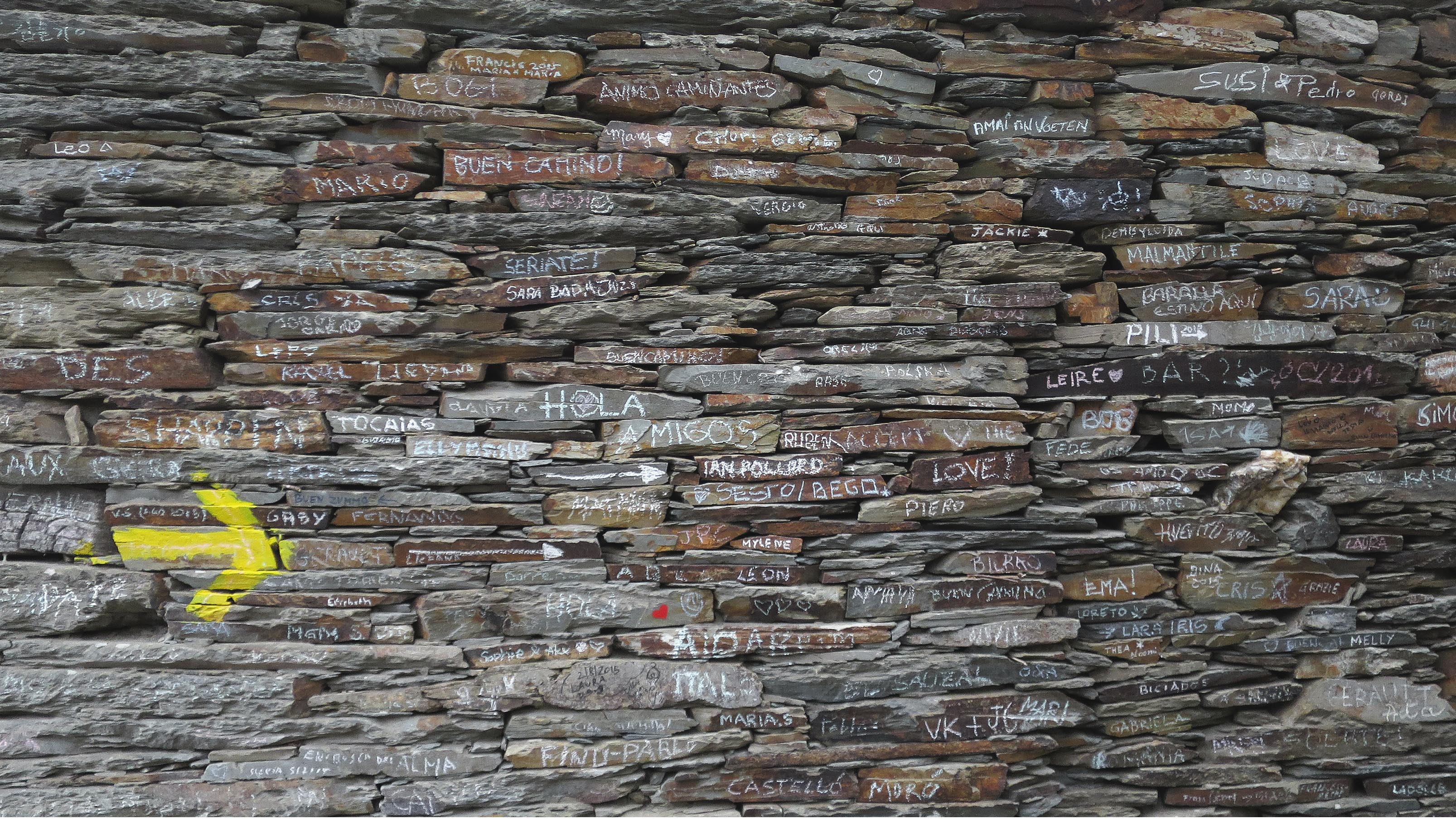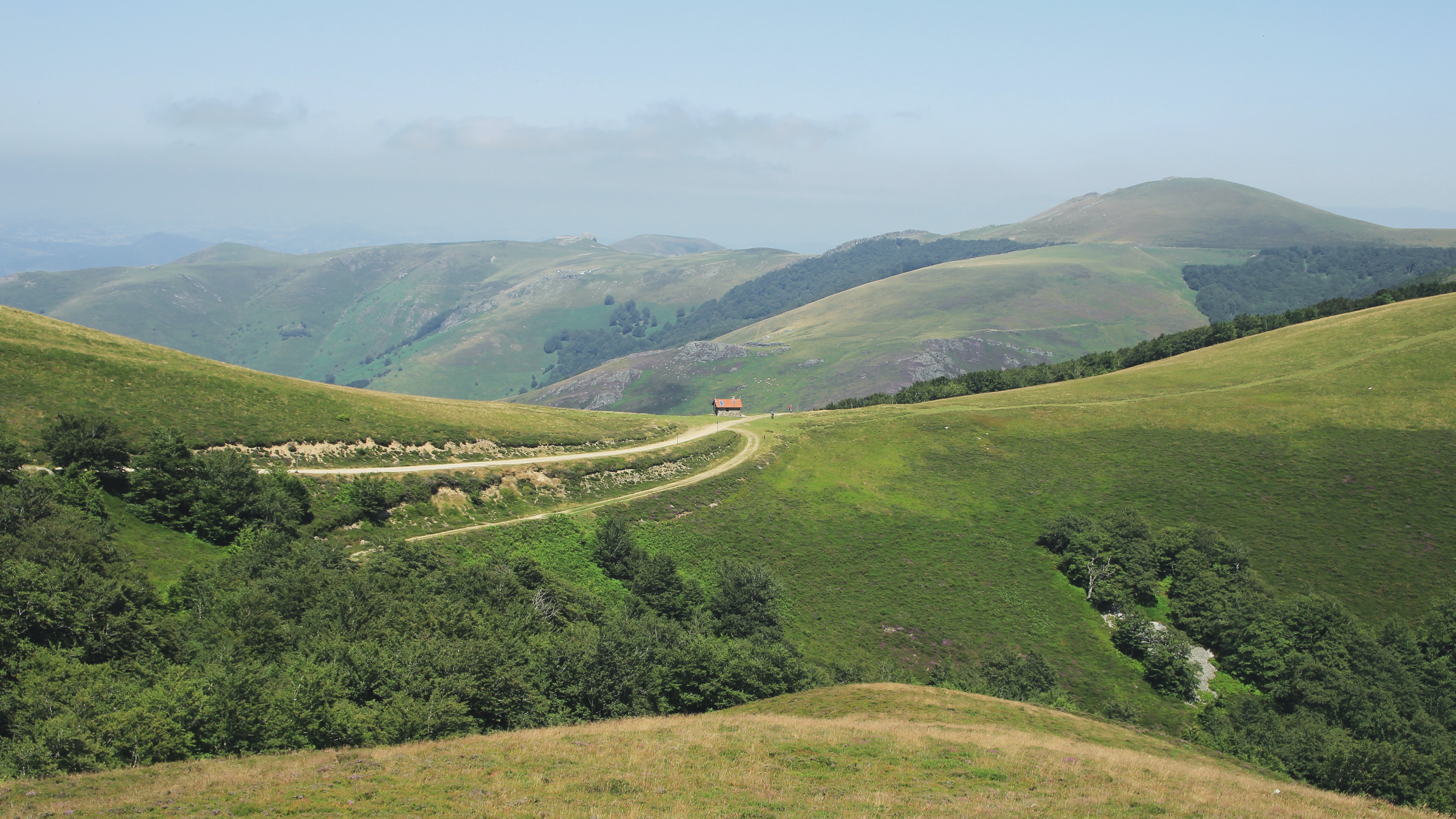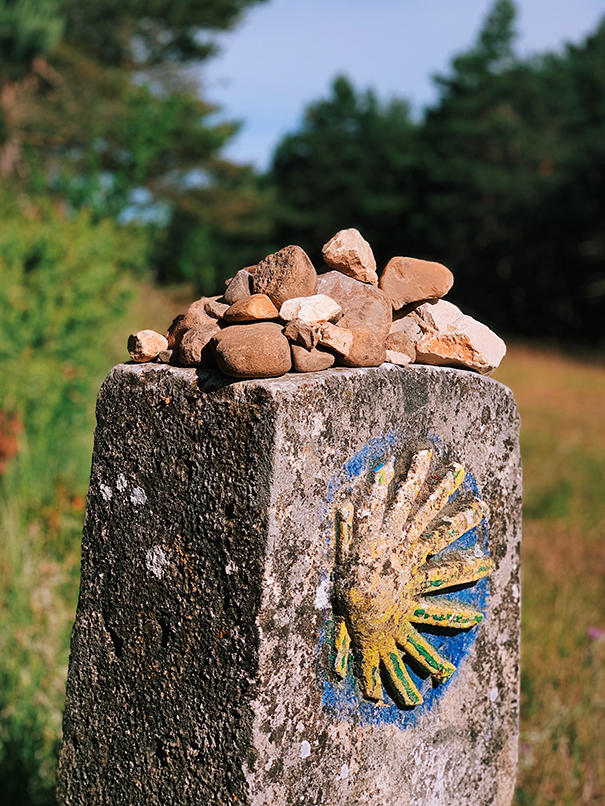The Forgotten Path to Santiago

Any season of any year is undoubtedly a good opportunity to take good boots, a backpack that weighs no more than 10% of our body weight, some hygiene products and become pilgrims to Santiago de Compostela for a few days. However, from time to time there are years when this attraction is multiplied exponentially, such as the Jubilee years. This happens when July 25, the feast of St. James, falls on a Sunday.
If you have not noticed, in this 2021 July 25 falls precisely on a Sunday, so this year is a Jubilee year, a Compostela Holy Year.
No one is unaware that due to the health situation we are going through, it will be an atypical year, in which most certainly the Plaza del Obradoiro, the last point of the Camino de Santiago before embracing the Saint, will not be crowded with pilgrims taking their last photos, thinking about what they have suffered and enjoyed in each of the stages, saying goodbye to the friendships forged in the hostels, excited to meet a challenge that at some point they thought they could not achieve … There are many reasons that lead people to make the Camino de Santiago (Way of St. James); religious, touristic, sporting, meditation… but the emotion of reaching Santiago is common to all pilgrims.
Due to the exceptional nature of the situation, Pope Francis has decreed that this Jubilee year will be extended throughout next year 2022, so, fortunately, in this decade there will be 3 Jubilee years: 2021, 2022 and 2027.
There are actually dozens of “Camino de Santiago” (Way of St. James)
Although the best known is the French Way, the Camino de Santiago is not a single road, it is actually a dozen roads with different beginnings, stages and duration, but with the same end, the Cathedral of Santiago de Compostela and with the requirement to complete at least the last 100 kilometers on foot or 200 kilometers by bicycle.

El Camino Olvidado (The Forgotten Path)
This road is one of the most unknown and was recognized in December 2020 by the Castilla and León regional gobernment as “Camino a Santiago Histórico por Castilla y León”. The “Commission of the Roads to Santiago by Castilla and León” highlights and values this forgotten path for its historicity, landscape, Romanesque heritage and passage through a good sample of the industrial mining heritage. All this, together with the fact that the route is not overcrowded, makes it one of the most attractive routes for this Compostela Jubilee year.
If you want to meet a lot of people, this is not the path for you
We warn you that, if your idea is to meet a lot of people, have a lot of company in the lodgings you pass through and go accompanied, this is not your way. Fortunately from Sparker, we will inform you in this blog of other routes also very attractive. Although, perhaps, with the current circumstances, avoiding the crowds is not such a bad idea.
Recommendations
We recommend that before starting your trip, you make sure of the status of hostels and accommodations at the end of each stage and that you take with you a mat and a sleeping bag in case of possible contingencies. It is also essential, to get all the “juice” out of this experience, a good guide with the monuments and places that you can not miss and that you will want to leave fixed in your Sparker profile.
Many of the historical roads to Santiago, logically, share the final stages and some, the initial ones, so we will limit ourselves in this entry to talk about the exclusive stages of the Forgotten Path that make it unique and special.

Stages
Stage 1: Bilbao – Güeñes In Bilbao the Forgotten Path coincides with the Northern Way and it is in Bilbao where we will begin our journey in a stage of about 24 kilometers. It is advisable to arrive in Bilbao a couple of days before the beginning of our route, to have the opportunity to walk through its historic center, visit its town hall and its old drawbridge, the Zubizuri Bridge, Guggenheim Museum… Crossing the Devil’s Bridge and a little further on we will find the fork between the Camino de la Costa and the Camino de La Montaña, where our particular Camino de Santiago will begin.
Stage 2: Güeñez – Nava de Ordunte Stage of 23 kilometers in which we will pass through Zalla, Balmaseda, El Berrón, Santecilla, Guijano de Mena to Nava de Ordunte.
Stage 3: Nava de Ordunte – Bercedo Stage of 20 kilometers in which we will pass through Partearroyo, Ayega, Burceña, Arceo, Irús, Bercedo.
Stage 4: Bercedo – Quintanilla del Rebollar Stage of 20 kilometers in which we will pass through Loma de Montija, Espinosa de los Monteros, Santa Olalla, Para, Redondo and Quintanilla del Rebollar.
Stage 5: Quintanilla del Rebollar - Soncillo A 27-kilometer stage in which we will pass through Quisicedo, Vallejo de Sotoscueva, Entrambosríos, Rozas, San Martín de Porres, Pedrosa de Valdeporres, Santelices, San Martín de las Ollas, Argomedo and Soncillo.
Stage 6: Soncillo – Arroyo de Valdearroyo Stage of 28 kilometers in which we will pass through Virtus, Cilleruelo de Bezana, Herbosa, San Vicente de Villamezán, Arija, Bimón, Llano (Las Rozas de Valdearroyo), Villanueva de las Rozas, Las Rozas de Valdearroyo and Arroyo de Valdearroyo.
Stage 7: Arroyo de Valdearroyo – Olea Stage of 19 kilometers in which we will pass through Villafría, Retortillo, Cervatos and Olea.
Stage 8: Olea – Aguilar de Campoo Stage of 24 kilometers in which we will pass through Las Quintanillas, La Quintana, Las Henestrosas de las Quintanillas, Bercedo, Cuena and Aguilar de Campoo.
Stage 9: Aguilar de Campoo – Cervera de Pisuerga Stage of 28 kilometers in which we will pass through Corvio, Matamorisca, Renedo de Zalima, San Mamés de Zalima, Salinas de Pisuerga, Barcenilla de Pisuerga, Quintanaluengos, Ligüérzana, Vado and Cervera de Pisuerga.
Stage 10: Cervera de Pisuerga – Santibáñez de la Peña Stage of 30 kilometers in which we will pass through Cantoral de la Peña, Cubillo de Castrejón, Castrejón de la Peña, Pisón de Castrejón, Tarilonte de la Peña, Aviñate de la Peña and Santibáñez de la Peña.
Stage 11: Santibáñez de la Peña – Puente Almuhey A 23-kilometer stage in which we will pass through Villanueva de Arriba, Muñeca, Guardo, La Espina, Cegoñal and Puente Almuhey.
Stage 12: Puente Almuhey – Cistierna Stage of 21 kilometers in which we will pass through Taranilla, San Martín de Valdetuéjar, Renedo de Valdetuéjar, El Otero de Valdetuéjar, La Mata de Monteagudo and Cistierna.
Stage 13: Cistierna – Boñar Stage of 27 kilometers in which we will pass through Yugueros, La Ercina, Acisa de las Arrimadas, Barrillos de las Arrimadas, La Devesa de Boñar, La Losilla and Boñar.
Stage 14: Boñar – La Robla A 33-kilometer stage in which we will pass through Otero de Curueño, La Vecilla de Curueño, Campohermoso, Aviados, La Valcueva, Palazuelo de la Valcueva, Robles de la Valcueva, Robledo de Fenar, Solana de Fenar, Candanedo de Fenar and La Robla.
Stage 15: La Robla – La Magdalena Stage of 16 kilometers in which we will pass through Llanos de Alba, Sorribos de Alba, Olleros de Alba, Santiago de las Villas, Carrocera, Otero de las Dueñas and La Magdalena.
Stage 16: La Magdalena – Riello Stage of 18 kilometers in which we will pass through La Magdalena, Canales, Quintanilla, Bobia, Soto y Amío, Oterico and Riello.
Stage 17: Riello – Fasgar Stage of 28 kilometers in which we will pass through Pandorado, La Omañuela, Guisatecha, El Castillo, Vegarienza, Cirujales, Villaverde de Omaña, Marzán, Barrio de la Puente, Posada de Omaña, Vegapujín and Fasgar.
Stage 18: Fasgar – Igüeña Stage of 18 kilometers in which we will pass through Colinas del Campo de Martín Moro and Igüeña.
Stage 19: Igüeña – Labaniego Stage of 19 kilometers in which we will pass through Quintana de Fuseros and Labaniego.
Stage 20: Labaniego – Congosto Stage of 17 kilometers in which we will pass through Arlanza, Losada, Rodanillo, Cobrana and Congosto.
Stage 21: Congosto – Cacabelos Stage of 27 kilometers in which we will pass through Cubillos del Sil, Cabañas Raras and Cacabelos.

End of the path
From Cacabelos, the next stage of the Forgotten Path ends in Villafranca del Bierzo, converging in this place with the French Way and continuing along the same route to Santiago de Compostela, so we will omit the rest of the route of a total of 30 stages to reach the Plaza del Obradoiro. A whole month full of experiences and images to share on Sparker, without forgetting to fix them in your profile, because undoubtedly, they will be memories that you will want to keep for a lifetime.
